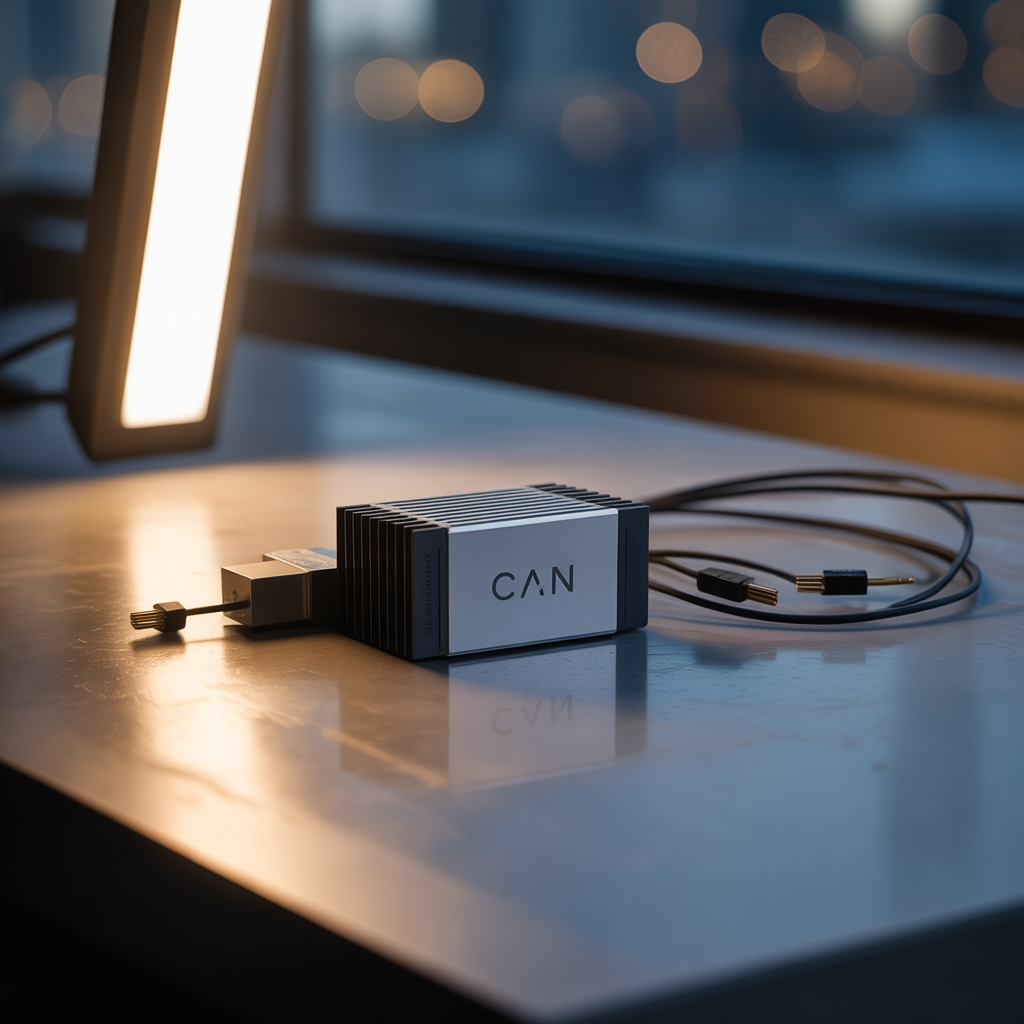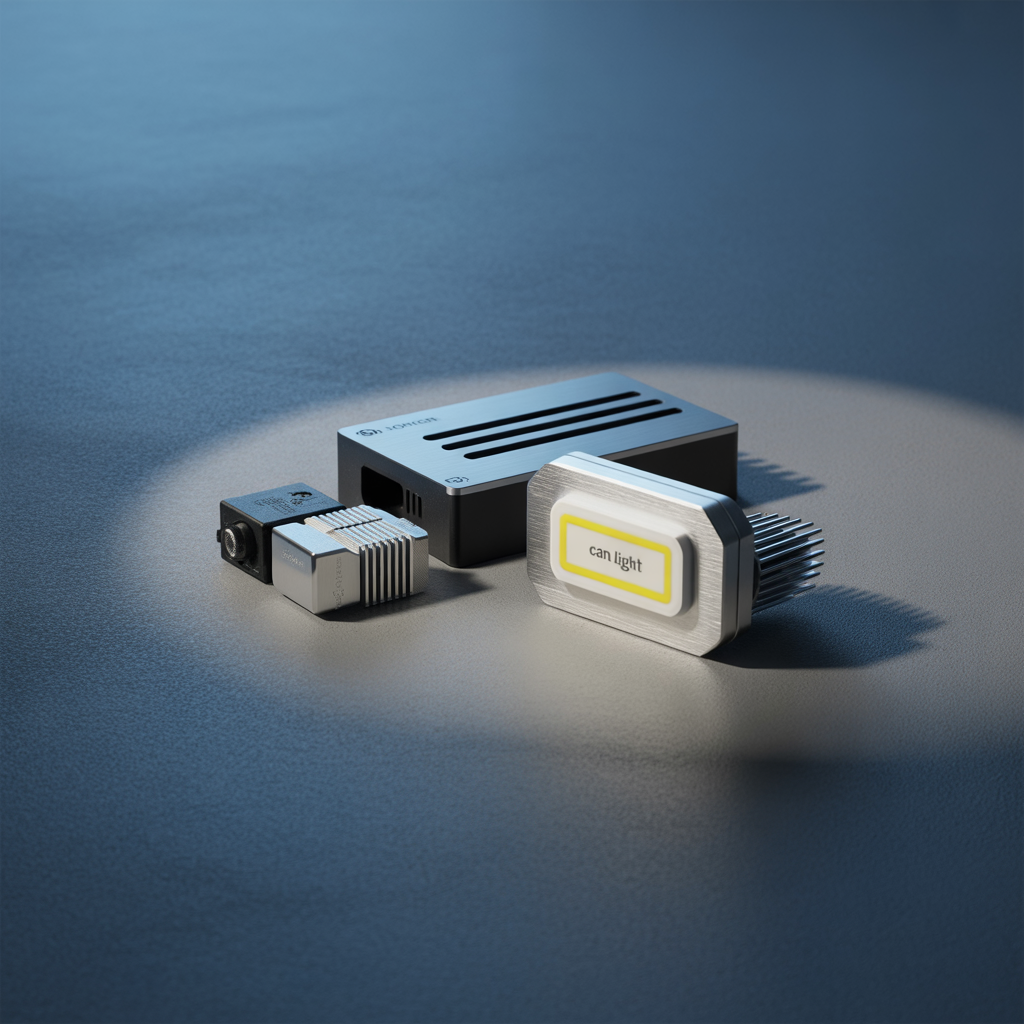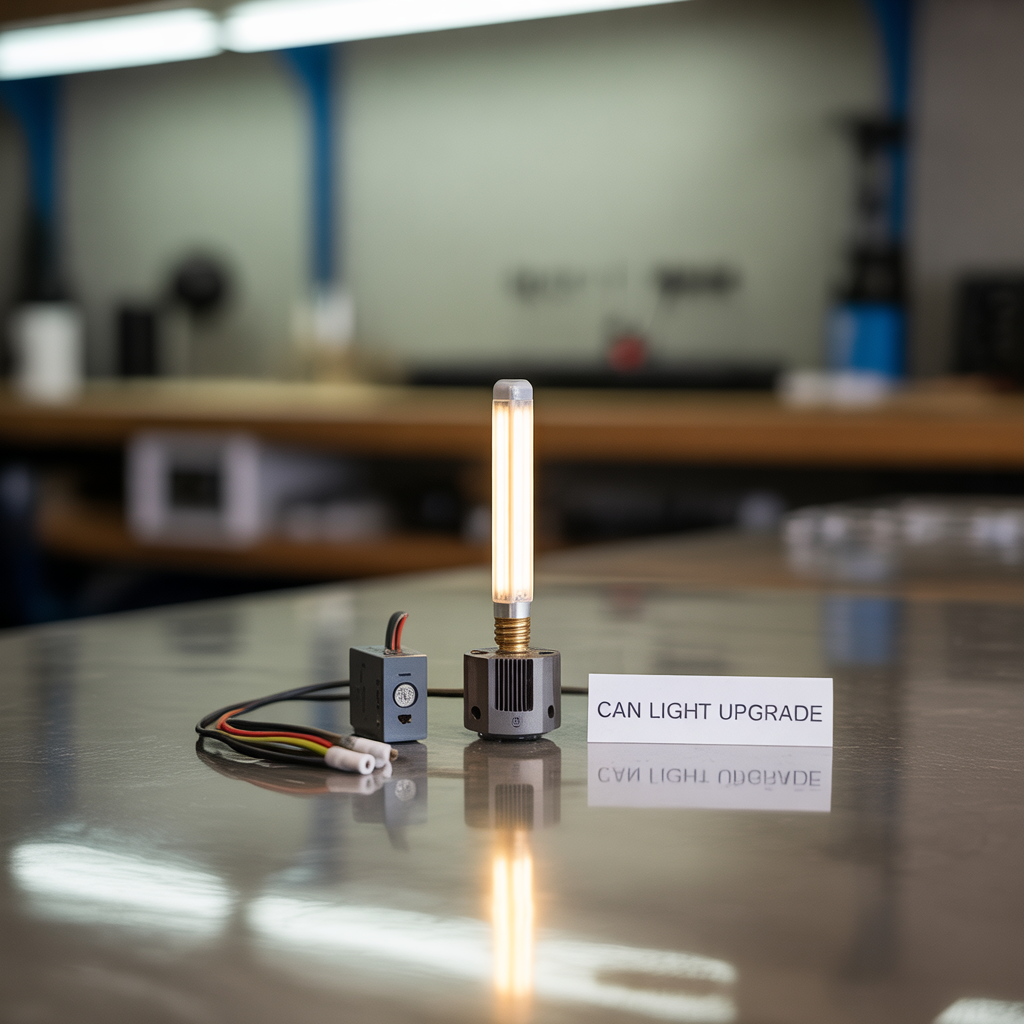Upgrade Your Lighting: A Comprehensive Guide To Can Light LED Conversion Kits
Are you looking to upgrade your home lighting? Thinking about energy efficiency and brighter, more modern illumination? Then you’re in the right place! This comprehensive guide explores Can light LED conversion kits, explaining everything you need to know from choosing the right kit to installation and troubleshooting. We’ll cover the benefits, drawbacks, and everything in…
Are you looking to upgrade your home lighting? Thinking about energy efficiency and brighter, more modern illumination? Then you’re in the right place! This comprehensive guide explores Can light LED conversion kits, explaining everything you need to know from choosing the right kit to installation and troubleshooting. We’ll cover the benefits, drawbacks, and everything in between, making the process simple and straightforward, regardless of your DIY experience. You’ll learn about different types of kits, lumens, color temperatures, and more. Let’s dive in!
Can light LED conversion kits allow you to replace traditional recessed lighting with energy-efficient LED fixtures. These kits typically include an LED bulb, a mounting bracket, and an adapter. They are easy to install, improve brightness, reduce energy use, and are compatible with most existing housings.
A can light LED conversion kit is a simple yet effective way to upgrade your existing recessed ceiling lights (also known as “can lights”) to energy-efficient LED lighting. These kits typically consist of an LED bulb or module designed to fit into your existing can light fixture, replacing the older, less efficient incandescent or halogen bulbs. The conversion is usually quick and straightforward, eliminating the need for complete fixture replacements. This is a significant cost and time saver for home improvement projects.
Can Light LED Conversion Kits
Why Upgrade to LED Can Lights?

Switching to LED can lights offers numerous advantages. The most significant is energy efficiency. LEDs consume significantly less energy than incandescent or halogen bulbs, resulting in lower electricity bills. They also last much longer, reducing the frequency of bulb replacements. This translates to long-term cost savings and less environmental impact.
Read More: Are LED Lights Safe? A Scientific Answer For You
Key Features of LED Can Light Conversion Kits
Several key features distinguish different LED conversion kits. Look for features like:
-
- Brightness (Lumens): Lumens measure the total amount of light emitted. Higher lumens mean brighter light.
- Color Temperature (Kelvin): This indicates the light’s color, ranging from warm white (2700K) to cool white (5000K) or daylight (6500K).
- Dimmability: Some kits are compatible with existing dimmer switches, offering flexible lighting control.
- Color Rendering Index (CRI): This measures how accurately colors appear under the light. A higher CRI (closer to 100) means more natural-looking colors.
- Energy Star Certification: This indicates that the kit meets certain energy efficiency standards.
Types of Can Light LED Conversion Kits

GU10 LED Bulbs
These bulbs have a two-pin base and are often found in smaller can lights.
MR16 LED Bulbs
MR16 bulbs feature a bi-pin base and are commonly used in recessed lighting fixtures.
Retrofit LED Modules
These modules replace the entire internal component of the can light, offering a more integrated solution.
Read More: Why Do LED Lights Flicker On Camera? A Comprehensive Guide
Benefits of LED Can Light Conversion Kits
The advantages extend beyond energy savings. LEDs are also durable, resistant to shocks and vibrations, and produce less heat than traditional bulbs. The improved light quality, with options for adjustable color temperature, enhances the aesthetics of your home. Moreover, LED can light conversions are relatively easy to install, even for DIY enthusiasts with limited experience.
Limitations of LED Can Light Conversion Kits
While highly beneficial, there are some limitations. Compatibility with your existing fixture is crucial. Measure your existing bulb’s specifications before purchasing a kit to ensure a proper fit. The initial cost of the kit may seem higher than traditional bulbs, but the long-term savings often offset this. Furthermore, the light output and color temperature might not perfectly match your previous lighting, requiring careful selection.
Comparing Different LED Can Light Conversion Kits
The market offers a wide variety of kits with different specifications and price points. Consider factors like lumens, color temperature, dimmability, CRI, and the warranty offered by the manufacturer. Reading reviews and comparing features will help you make an informed decision. Some brands known for quality LED products include Philips, Cree, and GE.
Installing an LED Can Light Conversion Kit
Installation is usually straightforward. Most kits involve simply removing the old bulb, inserting the new LED bulb or module, and securing it in place. However, always turn off the power at the breaker before starting the installation. Consult the kit’s instructions for detailed steps and safety precautions. If you’re uncomfortable working with electricity, it’s always best to consult a qualified electrician.
Read More: Where Can I Cut on a Govvee LED Strip Lights?
Troubleshooting Common Issues
Problems like flickering lights or non-functioning LEDs are occasionally encountered. Check the power supply, ensure proper connection, and verify bulb compatibility with the fixture. If the problem persists after troubleshooting basic issues, consider contacting the manufacturer or consulting a professional.
Choosing the Right Lumens and Color Temperature
The right lumens depend on the size of the room and the desired brightness level. Higher lumens are suitable for larger areas or tasks requiring more light. Color temperature influences the ambiance. Warmer temperatures (2700K-3000K) create a cozy, inviting atmosphere, while cooler temperatures (5000K-6500K) are more energizing and suitable for work areas.
Safety Precautions During Installation
Always turn off the power at the breaker before handling any electrical components. Never touch exposed wires. If unsure about any aspect of the installation, it’s best to seek professional assistance. Using gloves and eye protection are recommended during the installation process.
Cost Comparison with Traditional Bulbs
While the upfront cost of an LED conversion kit may be higher than traditional incandescent or halogen bulbs, the long-term savings are substantial. LEDs have a much longer lifespan, significantly reducing replacement costs over time. The reduced energy consumption also translates to lower electricity bills. The overall long-term cost will typically be considerably less for LED conversion kits.
Read More: 12 Beautiful Dorm Room Ideas with LED Lights
LED Can Light Conversion Kit vs. Complete Fixture Replacement

LED conversion kits offer a cost-effective alternative to replacing the entire fixture. They are faster and simpler to install. However, if your existing fixtures are outdated or damaged, a complete replacement might be a better long-term solution. Consider the condition of your existing fixture and your budget when making this decision.
Maintaining Your LED Can Lights
LED can lights require minimal maintenance. Regular dusting to remove accumulated dirt will maintain their light output and aesthetic appeal. Avoid touching the LED bulb surface, as oils from your fingers can affect its performance.
Smart LED Can Light Conversion Kits
Smart LED kits offer additional features such as remote control, scheduling, and integration with smart home systems. These features offer greater convenience and control over your lighting. However, they usually come at a higher cost.
The Future of LED Lighting Technology
LED technology continues to evolve, with ongoing improvements in efficiency, color rendering, and smart capabilities. Future innovations will likely result in even more energy-efficient and feature-rich LED lighting solutions.
Frequently Asked Questions
What are the most common problems with LED can light conversion kits?
The most common problems are related to compatibility issues, incorrect installation, and faulty bulbs. Always double-check the compatibility with your existing fixtures. Flickering can often be resolved by checking connections and dimmer switch compatibility.
How long do LED can light conversion kits last?
High-quality LED bulbs have a lifespan of 25,000 hours or more, significantly longer than incandescent or halogen bulbs. This translates to many years of reliable service before replacement is needed. The actual lifespan can be affected by factors like operating temperature and usage patterns.
Are LED can light conversion kits difficult to install?
Many LED can light conversion kits are designed for easy DIY installation. However, basic electrical knowledge is helpful. If you are uncomfortable working with electricity, consult a qualified electrician. Always ensure the power is switched off at the breaker box before starting the work.
Can I use an LED conversion kit with my existing dimmer switch?
Check if your dimmer switch is compatible with LEDs. Not all dimmer switches work with LED bulbs. Some LED kits may include specific dimmer switches or require special configuration to avoid flickering or other issues. Always check the kit’s specifications before installation.
What is the warranty on LED can light conversion kits?
Warranties vary depending on the brand and model of the kit. Check the manufacturer’s information for specific warranty details. Reputable brands typically offer warranties ranging from one to several years.
How do I choose the right color temperature for my can lights?
Color temperature is measured in Kelvin (K). Lower Kelvin values (2700K-3000K) produce warmer, more yellowish light, suitable for living rooms and bedrooms. Higher values (5000K-6500K) produce cooler, bluer light, better suited for kitchens and bathrooms.
Final Thoughts
Upgrading your existing can lights with LED conversion kits is a smart, cost-effective way to improve your home’s lighting. The energy savings, extended lifespan, and improved light quality are compelling reasons to make the switch. This guide has covered the essential aspects of choosing, installing, and maintaining these kits. Remember to always prioritize safety by turning off the power before working with any electrical components. By carefully considering the factors discussed, you can easily transform your home’s lighting and enjoy the benefits of modern, energy-efficient LED technology. Take the first step towards brighter, more efficient lighting – invest in an LED conversion kit today!

